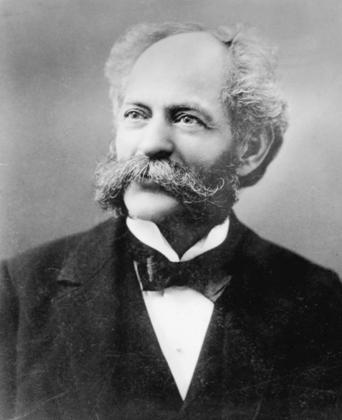Joining the Heinz Empire
Everyone seemed satisfied by the agreement. At the very end of April, ground finally was broken; at the same time, the LIRR began constructing a 200-yard-long rail connection to serve the complex. The first part of the factory (three stories tall, and at 64 x 80 feet less than half its final size) was constructed, as was a salting house (for turning cucumbers into pickles, and cabbage into sauerkraut), and a power plant with a boiler. A well was dug, and a reserve water tank built.

H.J. Heinz Factory No. 3 in Hicksville c.1910
The Salting House (left) had tripled its size in 1894, and would expand further.
"H. J. Heinz Company, Producers, Manufacturers and Distributers [sic], Pure Food Products"
Internet Archive
Through the spring and early summer of 1893, successive news reports eagerly followed the progress: excavation, masonry work, deliveries of equipment, final painting, etc. One report admired the factory's large sign, painted (of course) by a Hicksvillian. As the local farmers toiled to deliver the first year's twenty million cucumbers - America certainly did like its pickles - the works began operating. Things had settled in nicely by the time the fall harvest began. In September, H. J. Heinz himself came to Hicksville, in order to survey the latest outpost of his domain.

Henry John Heinz
Smithsonian Institution
In October, the Long-Islander reported that most of the first year's pickles already had been shipped, but that Heinz had contracts to ship one hundred more carloads by November. Meanwhile, the Salting House was processing 1,300 tons of cabbage into sauerkraut, and it expected that by mid-November it would receive 2,500 more tons. Hicksville had never before experienced anything of this magnitude.
***

